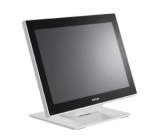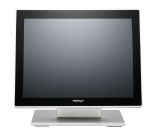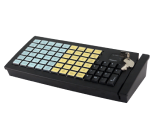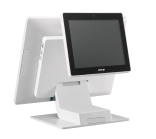Point of sale terminal
Businesses across industries have adopted advanced point of sale terminals, which offer a more effective and organized manner of managing transactions. In the past, they handled their sales using cash registers and human bookkeeping, which was time-consuming and prone to mistakes. With POS terminals, companies are able to automate many parts of the sales process, from inventory control to addressing customer needs. POS terminals are now an essential tool for companies of all sizes, enabling them to improve customer satisfaction while saving time and money.
POS Terminal: A Brief Overview
Businesses utilize a point of sale terminal, which is an electronic device, to handle sales transactions. POS terminal gadgets often come with a touchscreen display, a card reader for processing credit and debit card payments, a cash register, and a barcode scanner. Depending on the requirements of the business, they can also be connected to other devices like printers, scales, and cash drawers.
A POS terminal’s primary purpose is to make managing transactions more straightforward and efficient. Businesses may track sales automatically, manage inventory, and produce reports on their sales success with a POS terminal. It can assist business owners in making wise choices regarding their operations, such as when to place product reorders or revise pricing.
Numerous contemporary POS terminals also come with several additional features. For instance, they might contain customer relationship management (CRM) solutions that let organizations keep track of client data and purchase history. Additionally, they might help loyalty programs, thereby allowing companies to reward loyal clients and nudge them towards further purchases.
POS terminals are now a necessary tool for companies of all kinds. They can help organizations save time and money while improving the client experience and automating several areas of the sales process.

Functions Of A POS Terminal
The following are some of the essential functions of a POS terminal:
- Processing sales: Processing sales transactions is the primary function of a point of sale terminal. The total purchase cost, including taxes and discounts, can be calculated by scanning or manually entering the product information. Additionally, it can produce receipts for customers and keep a copy for your company’s records.
- Inventory management: A point of sale terminal can monitor stock levels in real-time. Knowing which products are selling more quickly and when to reorder them is helpful to the business owner. Additionally, it can assist in identifying slow-moving goods, and companies can use discounts to move out their stock.
- Payment Processing: Credit and debit cards, mobile payments, and contactless payments can all be processed using a point of sale terminal. It checks the payment information and communicates with the payment gateway to process the payment securely.
- Management of customers: A point of sale terminal can keep track of client data, including contact information and purchase history. It makes it easier for firms to tailor their marketing campaigns and give loyal customers discounts.
- Sales Reporting: A point of sale POS terminal may produce reports that offer helpful information about how well the company is doing in terms of sales. It can provide information on sales volume, earnings, profit margins, etc. Businesses can use this information to make informed choices regarding pricing, inventory control, and marketing tactics.
- Loyalty programs: A POS terminal can support loyalty programs, which reward customers who make repeated purchases by giving them rewards. As a result, the company may see increased sales and client loyalty.
Considerations For Choosing The Right POS Terminal
There are several factors to consider when selecting a point of sale POS terminal for your company. First, consider your company’s requirements, then pick a terminal with those qualities. The scope and nature of your company, the number of sales transactions you handle, and your financial constraints should all be considered.
Different POS terminals For Different Needs
There are various POS terminal kinds on the market, each with unique characteristics and functionalities. For instance, some are suitable for restaurants, while others are created exclusively for retail shops. It’s crucial to select a point of sale POS terminal that is suitable for your company’s requirements.
HS2414: One Solution For All Your Restaurant Need
An all-in-one solution created especially for eateries is the HS2414 POS terminal. It has a built-in thermal printer, a magnetic card reader, and a 14-inch touchscreen display. A consumer display, barcode scanner, and wireless connectivity are further options.
PS3616 G2 For Diverse Restaurant Management
Another well-liked option for dining establishments is the PS3616 G2 point of sale POS terminal. It has sophisticated features, including customized menus, managing tables, and inventory control. Additionally, it has a built-in printer, a magnetic card reader, and a 15.6-inch touchscreen display.
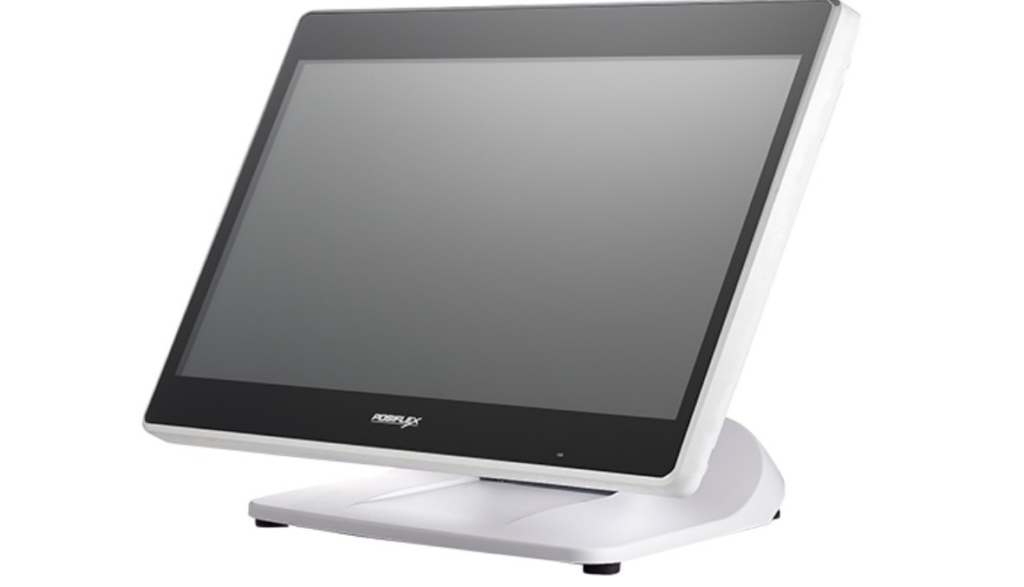
RT5016 and RT5015: Compatible Point-Of-Sale Terminals
The POS terminals RT5016 and RT5015 are highly versatile and compatible. They are perfect for multiple businesses because they include features like a 15.6-inch touchscreen display, a magnetic card reader, and a built-in printer.
PS3216: User-Friendly POS Terminal
A user-friendly choice with a 15.6-inch touchscreen and an integrated thermal printer is the PS3216 POS terminal. Additionally, various payment methods are supported, such as contactless payments, mobile payments, and credit and debit cards. It’s a fantastic alternative for companies that have never used POS systems.
